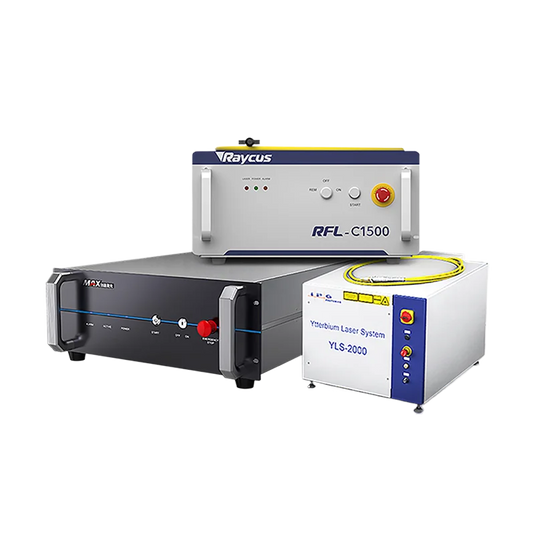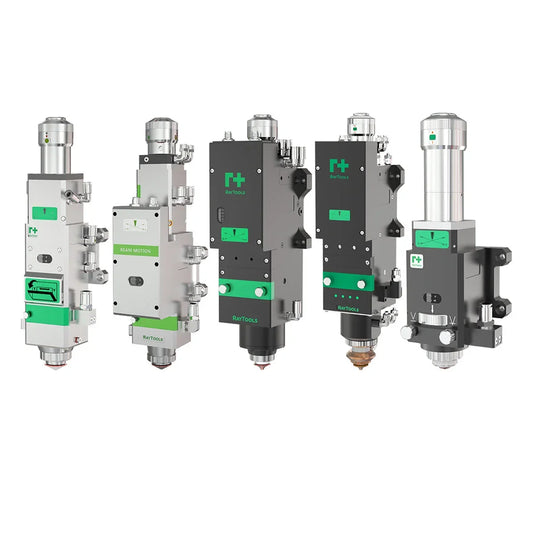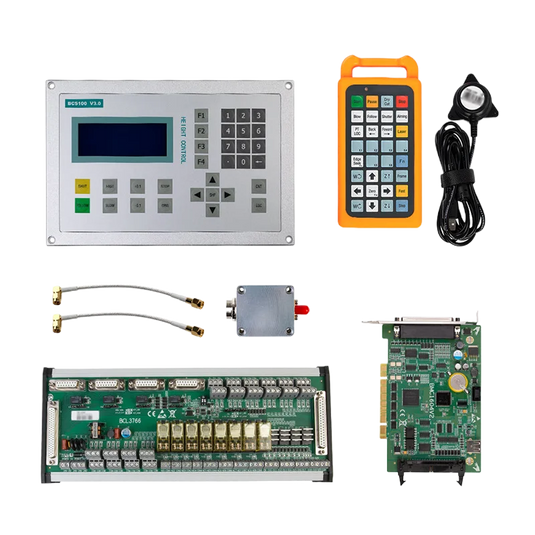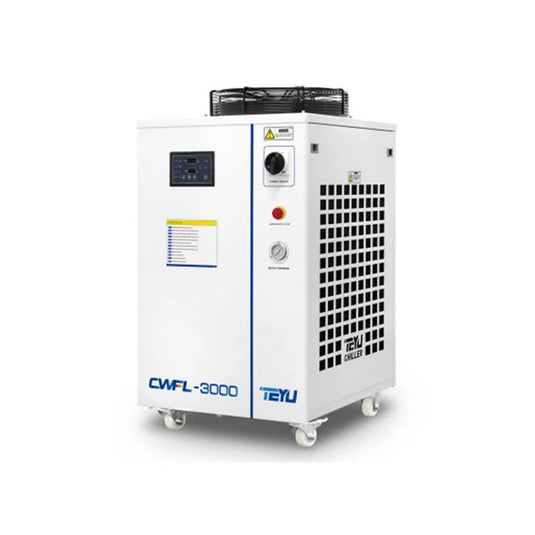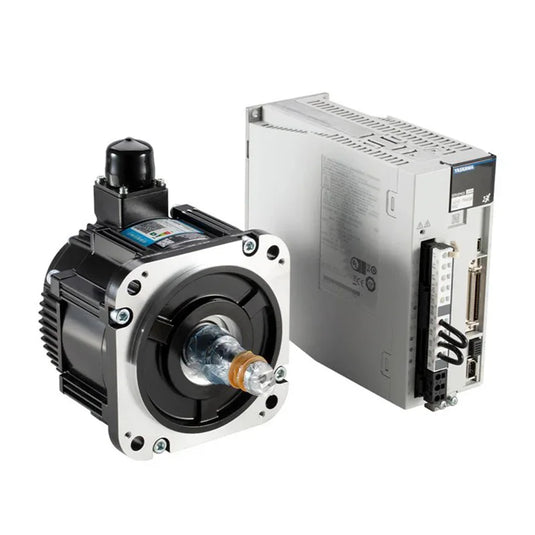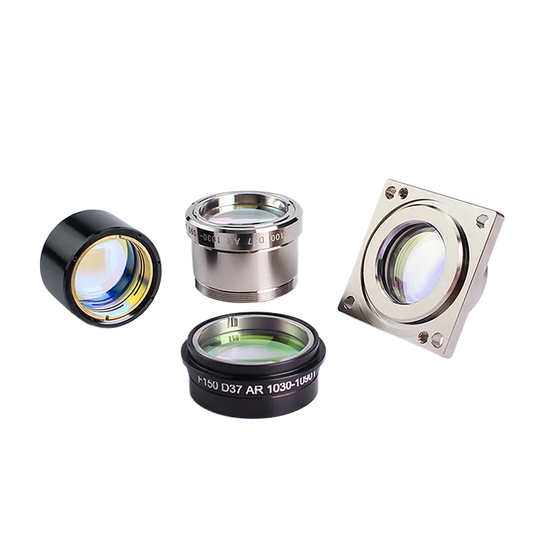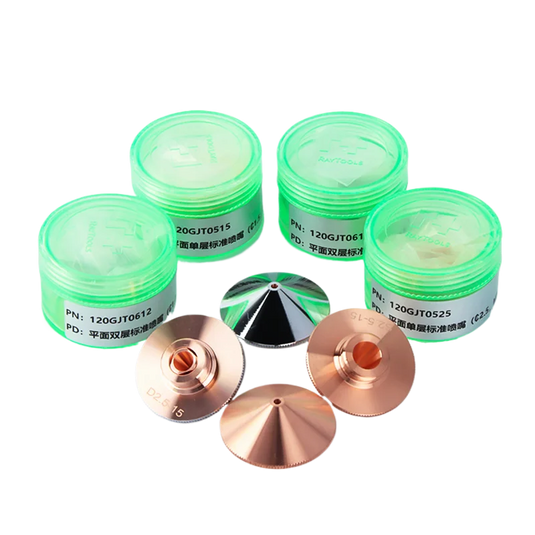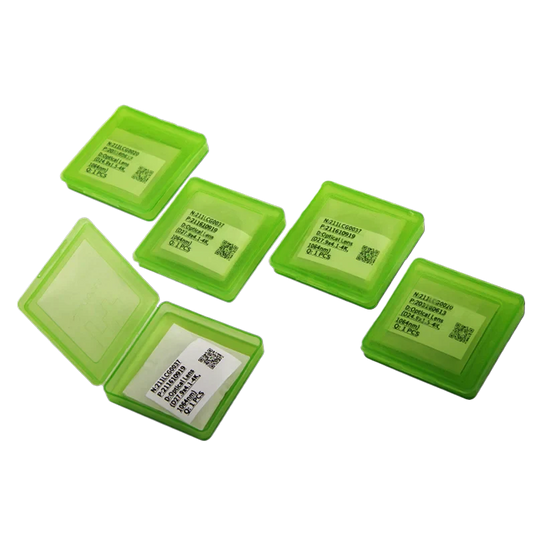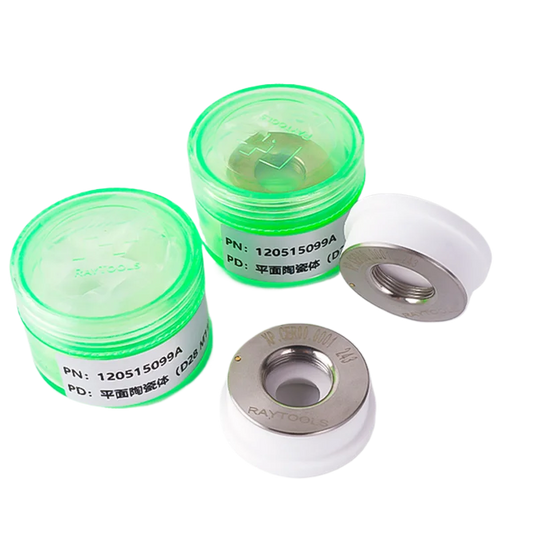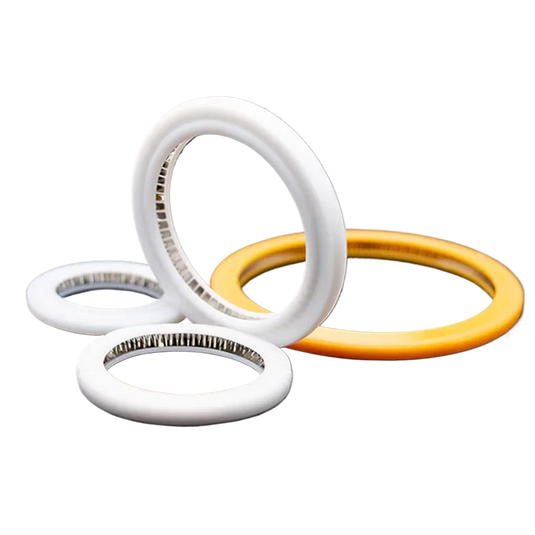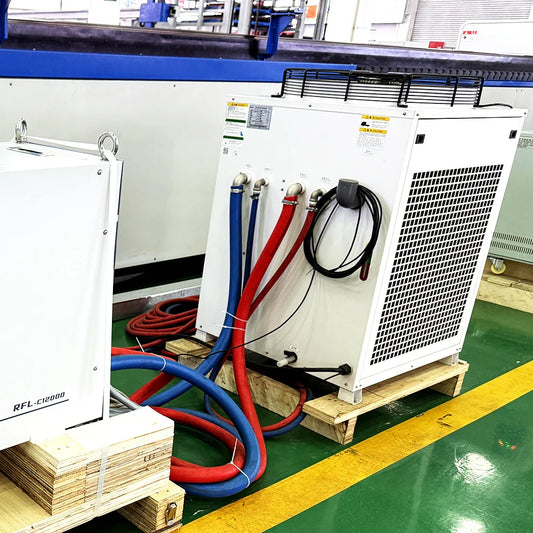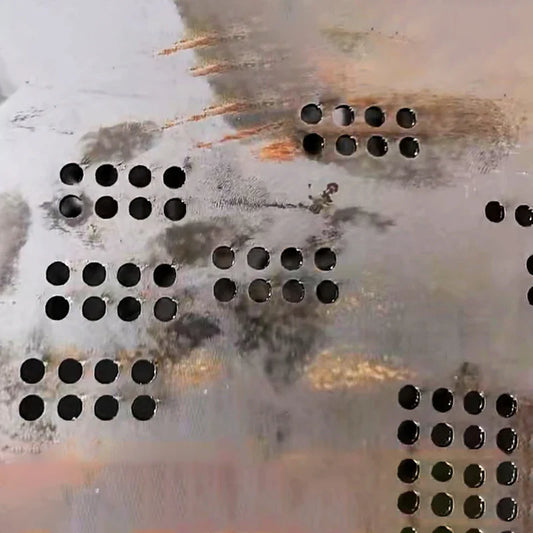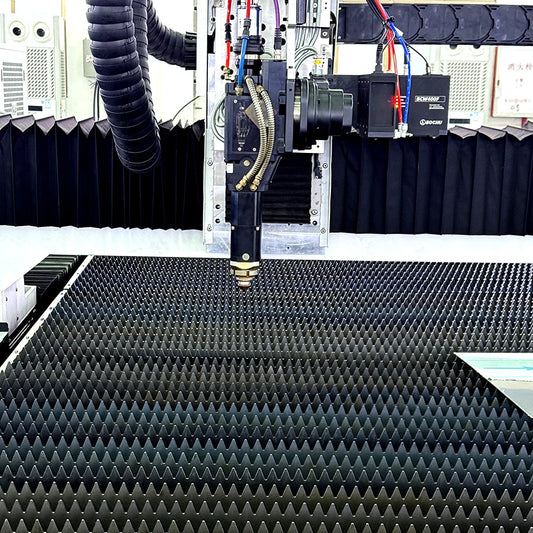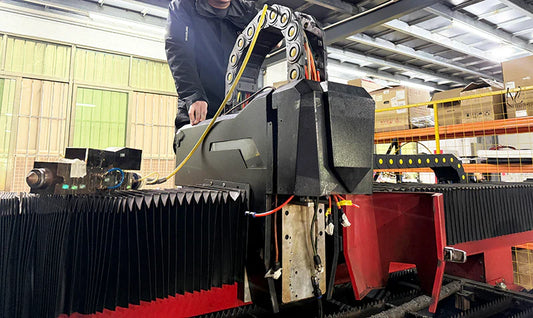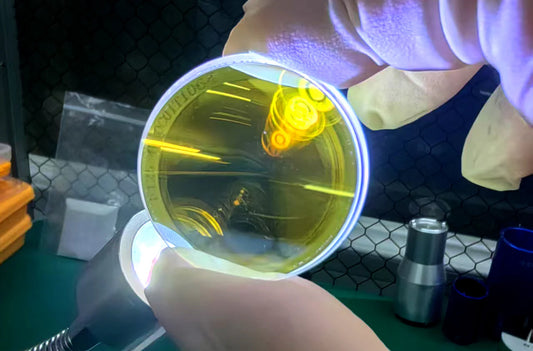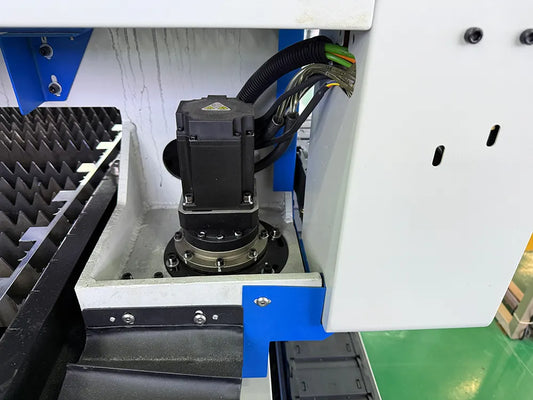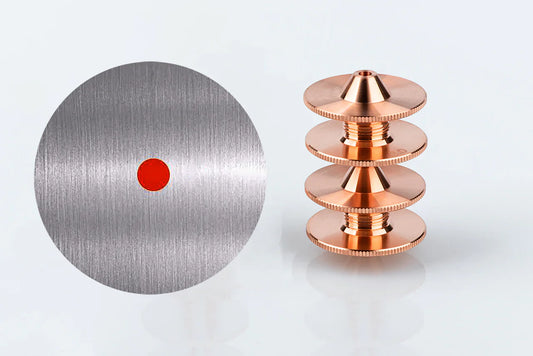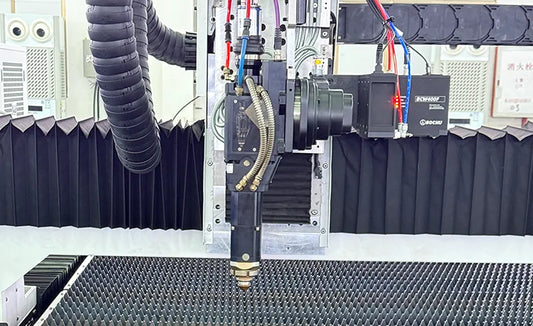Laser Cutter Not Cutting Circles? Troubleshooting Reasons and Solutions

Nothing is more disappointing than finishing a laser cutting project only to discover that your circles resemble ovals or irregular forms. Perfect circular cuts are required for many manufacturing jobs, ranging from industrial parts to personalised crafts, but obtaining them necessitates accurate equipment operation and maintenance. If your laser cutting machine isn't producing perfect circles, don't worry—this common problem has identified causes and workable remedies. Let's look at why your laser cutter may be struggling with circular cuts and how to repair it.
Incorrect Lighting Intensity Settings
One of the most prevalent causes of inaccurate circles is inappropriate light intensity adjustment. When the difference between maximum and minimum light intensity surpasses 5%, the laser beam's uniformity falls significantly. This irregularity results in uneven cutting power along the circle's route. Furthermore, operating your machine at extremely high cutting speeds can result in frame skipping, in which the laser misses small sections of the cutting path. This leads in disconnected circles with misaligned starting and ending locations.
Solution: calibrate intensity and adjust speed.
Calibrate your laser's light intensity so that the maximum and minimum values differ by no more than 5%. For more information on calibration procedures, consult your machine's manual. To avoid frame skipping, try cutting circles at somewhat slower speeds, especially for smaller diameters. Perform test cuts on scrap material to determine the best speed-intensity combination for your material thickness.
Hardware Component Issues
Several key components must work together to ensure that your laser cutter performs well. Beam alignment issues, worn or dirty lenses, and damaged nozzles can all reduce laser beam quality and focus. A misaligned beam will not provide constant power distribution, and unclean lenses will scatter the laser rather than concentrate it properly. Excessive wear or obstructions in nozzles impair gas flow, impacting cut quality as well as heat distribution.
Solution: Regular Maintenance and Component Checks.
Set up a routine maintenance regimen that involves examining and cleaning all optical components. Check the beam alignment according to your manufacturer's requirements at least once a month, or more frequently if you observe quality loss. Replace worn nozzles quickly; even small damage can have a major influence on cutting precision. To avoid contamination, store replacement lenses and nozzles in clean, dust-free containers prior to installation.
Servo Motor Misconfiguration

Your laser cutter's XY-axis movement is controlled by servo motors that must be precisely synchronised. If the motor parameters are not properly calibrated, the axes may move at slightly different rates, resulting in circular trajectories that distort into elliptical patterns. This problem is sometimes more noticeable with bigger diameter circles, as even tiny timing differences accumulate.
Solution: Synchronise Axis Movements.
To alter servo motor characteristics, go to your machine's control panel or use software. Refer to your equipment manual to find optimum settings based on material type and thickness. Many current laser cutters have automated calibration algorithms to aid synchronise axis motions. After making changes, make test cuts with different circle sizes to confirm the improvements. For ongoing concerns, consider contacting technical support for advanced calibration assistance.
Inappropriate Gas Pressure
The gas pressure used in laser cutting is critical in producing clean, precise circles. Insufficient pressure causes molten material to accumulate along the cut edge, resulting in inconsistencies and slag deposits that alter the circle's shape. In contrast, excessive pressure can generate "blowback" or explosive piercing, in which unexpected gas bursts disrupt the cutting path and create uneven edges.
Solution: Optimise Pressure for Material Type.
Adjust your gas pressure according to the material type and thickness. Thicker materials often require more pressure to clear molten debris properly. For most metals, begin with pressures ranging from 0.3 to 0.5 MPa and make incremental modifications based on test findings. Nonmetallic materials frequently require lower pressures to avoid material displacement. Install a high-quality pressure regulator with a precise gauge to keep the pressure consistent throughout the cutting operation.
Improper hole size to material thickness ratio.
When cutting small circles or holes, the relationship between diameter and material thickness is crucial. If the hole diameter is smaller than the material thickness (a ratio less than 1:1), the laser may struggle to distribute energy evenly throughout the circle. This frequently results in partial cuts, remaining material bridges, and irregular forms, particularly in thicker materials when heat dispersion is uneven.
Solution: Adjust the design and parameters for small holes.
Whenever possible, design your projects with at least a 1:1 ratio of hole diameter to material thickness. For applications that require smaller holes, raise laser power slightly while decreasing cutting speed to guarantee complete penetration around the entire circle. Consider employing a "pulse" mode for extremely small holes, which allows for more precise energy distribution. Pre-piercing with a reduced power level before full cutting can also aid to provide a clean starting point.
Guide Rail and Lead Screw Precision Issues

The accuracy of your laser cutter is primarily determined by the quality of its guide rails and lead screws. Machines from manufacturers with weak quality control frequently have precise problems in these components. Even tiny changes in rail straightness or screw alignment might result in major circularity concerns, particularly when cutting repeatedly.
Solution: Invest in quality and maintain the components.
While it is possible to retrofit precise components into an existing machine, the cost is sometimes prohibitively high. When selecting a laser cutter, choose established companies that are known for their precision. Search for machines with approved rail and screw tolerances. Regular lubrication and cleaning of rails and screws on existing equipment can help keep it running well. If precision concerns persist, speak with a professional service technician to determine whether component replacement is required.
Material-related problems
Even with excellent machine calibration, material concerns may preclude flawless circular cuts. Warped or uneven material surfaces result in irregular laser focus while cutting. Materials with different thicknesses or internal tensions may flex during the cutting process as a result of localised heating, pulling the cut path out of shape. Different materials have different thermal expansion coefficients, which might influence dimensional stability during cutting.
Solution: Prepare and secure materials properly.
Material sheets should be thoroughly inspected before being cut, rejected, or corrected for warping. Use material clamps to tightly secure workpieces and prevent movement during cutting. To reduce thermal distortion in heat-sensitive materials, consider preheating or cooling procedures. Allow the cut components to cool completely before testing circularity, since some materials bend somewhat after cutting. When working with novel materials, make test cuts to find the best criteria for retaining circular integrity.
Conclusion
Achieving excellent circular cuts with your laser cutter necessitates meticulous attention to detail in all aspects of machine operation and maintenance. Cutting precision can be considerably improved by carefully addressing potential concerns, such as light intensity and servo calibration, as well as material quality and hardware maintenance. Remember that frequent maintenance and testing are critical for preventing circularity issues before they impact your initiatives. With the appropriate method, your laser cutter can consistently create the accurate, professional circles that your projects require.

